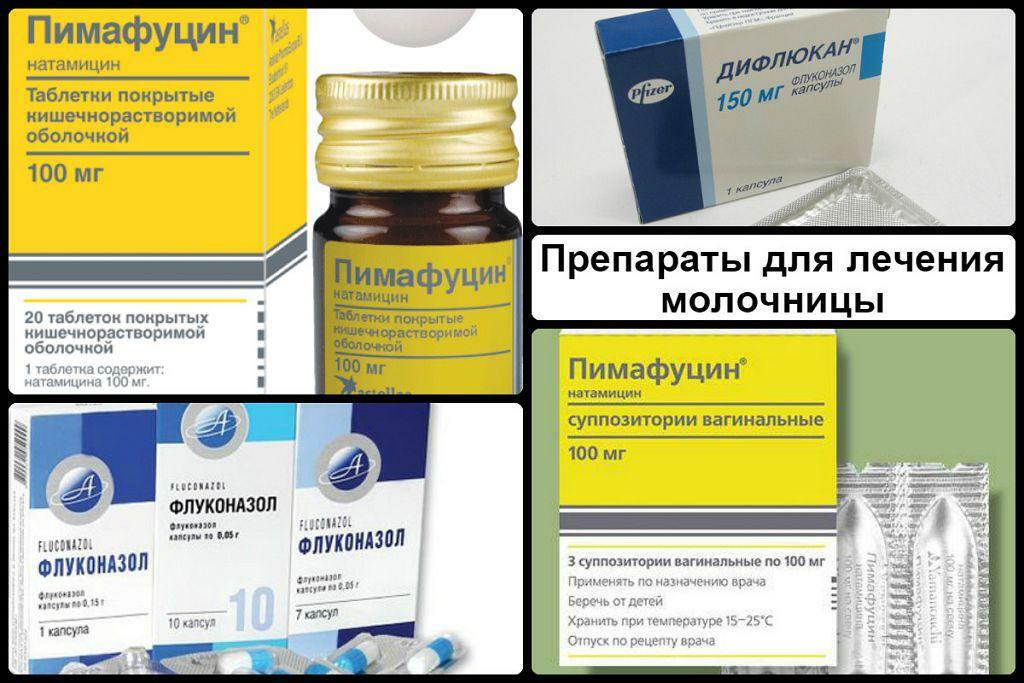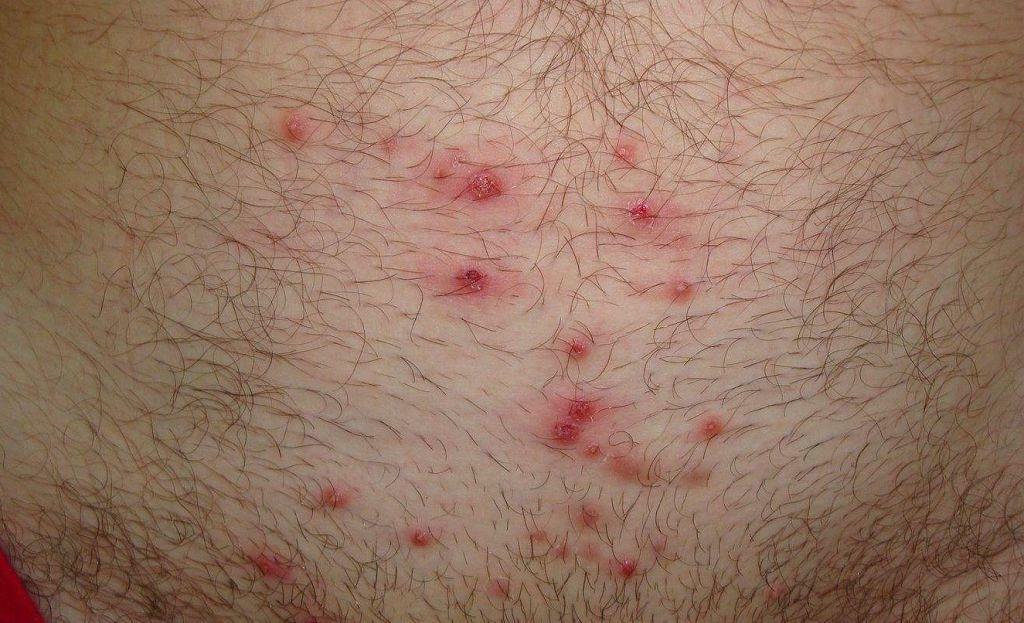Mononucleosis is called acute infection of viral origin, affects the reticuloendothelial system, leads to an increase in multiple lymph nodes involvement in the process of the liver and spleen, as well as to changes in blood system.
This leads to decreased immunity and the development of a typical clinical picture of the disease, toxemia, and sore throat.
Causes
At present it is known that the disease is caused by a virus Ebbshteyn-Barr virus - a virus striking unit preferably lymphocytic immune system refers to the group of herpes viruses 4 type. The virus belongs to the DNA-containing, besides mononucleosis can cause Burkitt's lymphoma, carcinoma, and lymphomas in immunodeficient patients.
In children, the virus hit causes infectious mononucleosis and then the virus for a long time, sometimes for life, circulates in the body in a state of latent infection.
The source of infection - a sick child in a typical or obliterated, although the disease is poorly contagious and need a long and close contact, kissing, blood transfusion components, use of a common utensils.
Carriers of the virus may allocate it in primary infection and a half years, and further may occur symptomless period, the virus-isolation.
Most of the children and adults suffers mononucleosis were obliterated, typical forms are mainly in frequently or chronically ill children from 5 to 14 years.
Classification
At present there is no uniform method of classification of mononucleosis. Today isolated typical and atypical forms which have clinic different from the traditional one.
Also isolated sharp (acute appearing brightly extending several weeks) and chronic mononucleosis (lasting up to six months process).
Separately allocated virus infection Ebbshteyn Barr with immunodeficiency and HIV.
manifestations of mononucleosis

incubation period at mononucleosis can last from several days to 2 weeks, typically weekly.
- The disease starts with a high fever as high as 38-40 ° C, rapidly occurring against a background of overall health.
- 2-3 day fever with symptoms of toxicity peak, there is a strong weakness headaches, pain in muscles and joints, and then join a lot of pain in the throat when swallowing, and alone.
- The temperature varies throughout the day, with no specific patterns that are difficult to antipyretic therapy, the average fever lasts about a week, gradually going to decline.
The main symptom of mononucleosis - the typical tonsillitis, Sore throat and fever in the background toxicity. Angina may have a catarrhal or lacunar character (i.e., be purulent or not), at least - membranous or necrotic, especially severe sore throat occurs when reducing blood granulocytes. Characterized by severe pain in the throat when swallowing, can be a strong tickling, itching and dryness in the throat.
Another typical proyavlny - swollen lymph nodes in the jaw and neck, axillary and inguinal lymph nodes. Can also manifest injury of thoracic and mesenteric lymph nodes, giving cough and severe abdominal pain.
Approximately half of patients with mononucleosis rash appears on the body, which is a different character depending on the day disease - 3-5 days of illness it can be morbilliform picture can be in the form of roseola, papules, or small hemorrhages. The rash can stay on the skin 1-3 days and disappears without pigmentation and desquamation. New rash additionally appears.
Against the background of current mononucleosis in children dramatically increases the size of the liver and spleen, they are identified with 3-5 days of illness and may be in this state up to 4 weeks. A particularly difficult leak icteric forms with lesions of the liver tissue and increase in the number bilirubin, Liver enzymes, especially alkaline phosphatase.
Typical changes in the analysis of peripheral blood of children with mononucleosis - there is not a pronounced leukocytosis up to 10 * 109/ L leukocytes, while dramatically increased number of lymphocytes and monocytesIn the blood reveal specific cells - atypical mononuclear cells, which confirmed the diagnosis.
changes in the blood hold most leukocytes and lymphocytes imbalance can persist for up to six months. Against the background of mononucleosis occurs reduced immunity, which leads to an increased incidence of respiratory infections.
Diagnostics
Basis diagnosis - clinical disease with typical manifestations described above. Of particular importance for the diagnosis plays blood analysis, identifying atypical mononuclear cells in combination with an increase of lymphocytes and decrease in leukocytes.
Today the most popular are the definition of antibodies to the virus Ebbshteyn Barr class IgM (Antibody fresh infection) and IgG classThat confirm the infection after the fact.
Must be distinguished from a mere sore throat mononucleosis, diphtheria and CMV lesions, HIV infection, hepatitis in lesions of liver and measles, rubella and other childhood infections at the rash.
mononucleosis treatment
Treatment of mononucleosis engaged pediatrician and infectious disease.
Specific therapy against the virus Ebbshteyn Barr has not been developed, so use non-specific therapy with antiviral and immunomodulating agents (Arbidol, viferon, acyclovir, imudon).
Basically, treatment is aimed at combating the symptoms of the disease - the use of local antiseptics analgesics and angina (bioparoks, Geksoral, Faringosept), antipyretic (paracetamol, Nurofen).
Careful attention is paid to the restoration of the liver.
When the danger of complications often use antibiotics to prevent secondary infection on a background of reduced immunity. Basically, treatment is carried out at home, in rare cases severe performed inpatient treatment.
complications
Mononucleosis is dangerous for its complications in the form of hemolytic anemia. The most dangerous complication is spontaneous splenic rupture due to its sharp increase. Children are also not uncommon lesion of the respiratory tract with obstruction of the bronchi and the emergence of pneumonia.
Prediction and prevention
If mononucleosis forecasts favorable, but after undergoing a long-term infection is reduced immunity, which leads to increased incidence of colds. Reduced immunity lasts up to six months.
Specific vaccines and medicines are not developed, conducted for the prevention of mononucleosis preventive measures overall plan - hardening, taking a multivitamin, rinsing the nasal mucous and throat.



